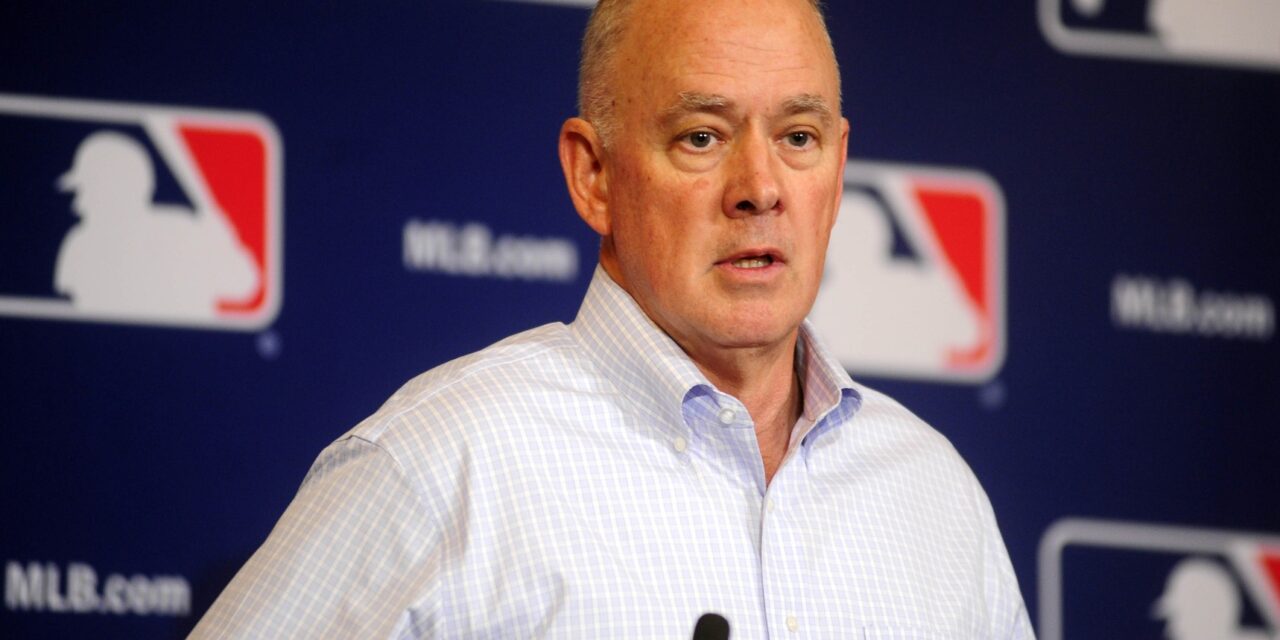
Within the next two weeks we’ll witness the same scene that gets played out every October. Amidst the spray of champagne and exuberant shouts, the commissioner will be standing on a stage presenting a trophy to the owner, manager and General Manager of the World Champions. Now, if the commissioner would instead be presenting a trophy to the executives that promised the brightest future, we’d see Sandy Alderson, Terry Collins and Fred Wilpon on that stage. But since it doesn’t work that way, we’ll have to wait.
Baseball always has been and always will be a business. It’s what have you done for me lately, not what will you do for me later.
Kirk Gibson guided his team to the playoffs in 2011, the same year he became Manager of the Year. Three years later, he was out of a job. Dusty Baker was dismissed by the Reds after he did get his team into the post-season, but management felt he should have taken them deeper.
In 1934, after hitting only 22 home runs and slugging only .537, what one journalist called “merely mortal” stats, Babe Ruth was traded to the Boston Braves. At age 39, Ty Cobb played in just 79 games. Although he hit .339, the Georgia Peach was not wanted by Detroit and signed with Philadelphia. At age 40, Cobb played in 133 games and batted .357. In 1965, the Cincinnati Reds believed that Frank Robinson was a “very old 30” and traded him to Baltimore. In 1966, that washed up player batted .316 with 49 HR and 122 RBI, leading the O’s to their first Championship. The GM who scooped up that old fogey was named Frank Cashen.
Since Baseball is a what have you done for me lately gig, now that our GM has 4 years under his belt, let’s look at what he’s done, not what he promises to do. And how he compares to previous Mets general managers.
We frequently hear the comparisons made between Cashen and Alderson. Cashen inherited a dysfunctional franchise without any bright stars on the horizon, one of the worst farm systems in the game, a weary and apathetic fan base. Upon joining the Mets, Cashen stated it would take 4 or 5 years to rebuild the team, but he promised a brighter future.
Many argue Alderson was dealt a similar hand. Personally, I’ve never felt that way. The 1979 Mets were far worse than the 2010 Mets. Cashen took over a team that finished 35 games back and won just 63 games. Alderson took over a team that finished 18 GB and had 79 wins.
But let’s look deeper at the Cashen/Alderson comparison.
By the time Cashen was hired, pitchers and catchers were arriving for spring training in 1980. The team was already set so there was no flexibility or time to do anything. The one substantial thing he did do that first year came months later, selecting a kid in the draft named Darryl Strawberry. In 1981, the seemingly unavoidable strike lingered in the air all year, handcuffing all general managers, including Cashen.
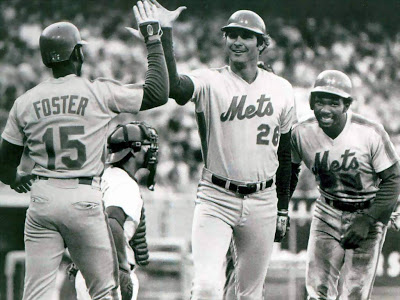
Cashen did realize, however, that he needed to increase interest in the team. If he could get more fans to come out to Flushing it would give him more financial maneuverability. 1981 saw the arrival of fan favorite Dave Kingman followed the next year by Reds slugger George Foster.
History shows that their acquisitions had no bearing overall in the wins column. It did, however, have fans coming back to Shea and tuning in to WOR. Even if the Mets were losing by 4, 5 or 6 runs—something that happened a lot—by acquiring two of the biggest HR hitters in the league, the Mets always had the potential to get back into the game. It also sent a message to the fans. Ratings increased as did attendance.
In 1983, Cashen undid the darkest day in Mets history by reacquiring Tom Seaver. And although The Franchise was beyond his prime, seeing #41 on the mound at Shea gave us a reason to take in a game in Flushing. That same year, Cashen also traded for former MVP and proven winner Keith Hernandez. One month later, that Strawberry kid? Less than three years since he was selected out of Crenshaw High School in Los Angeles, he would make his major league debut.
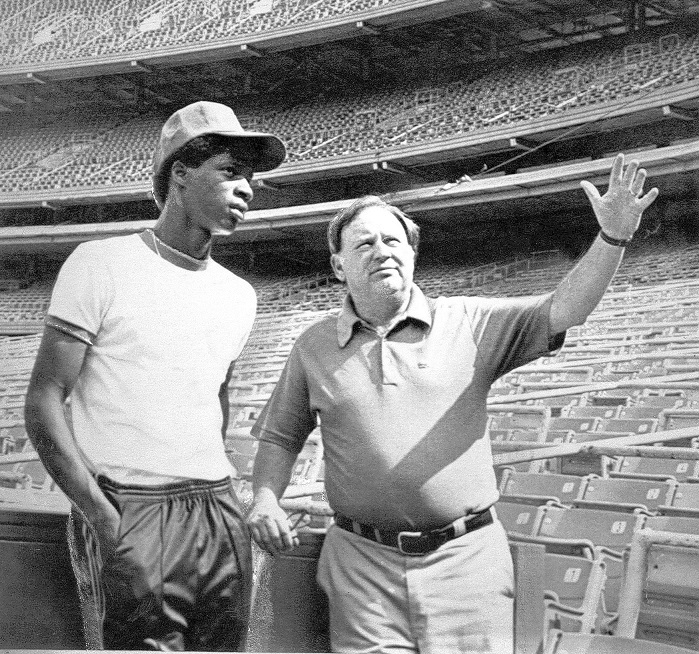
In 1984, led by Strawberry, Hernandez, another high school kid drafted two years earlier named Dwight Gooden, a young righty acquired from Texas named Ron Darling, and a newly promoted minor league manager named Davey Johnson, Cashen’s prediction came true. The 1984 club tallied 90 wins, the highest since 1969. Cashen’s Mets were in a pennant race for the first time in nearly a decade.
After 4 years, Cashen’s work paid off, his prediction came to fruition and his promise to the fans was fulfilled.
After 4 years, Alderson continues speaking about the future and making promises.
I decided to research deeper and see how our current GM stacks up against his predecessors. The results were rather disheartening.
Since 1970, the Mets have had seven primary general managers: Bob Scheffing, Joe McDonald, Frank Cashen, Joe McIlvane, Steve Phillips, Omar Minaya and Alderson. I’ve omitted Jim Duquette and Al Harazin since their tenures were less than two years. (You know, small sample sizes.)
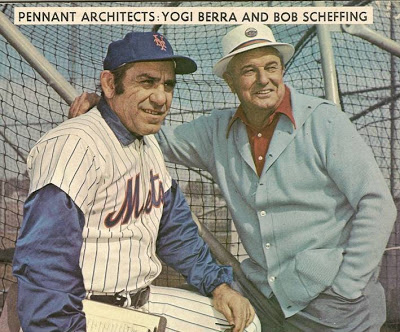
Scheffing’s last year as GM, 1974, the Mets won 71 games. He was replaced by Joe McDonald who surpassed that amount his first year with 82 wins.
McDonald’s last year as GM, 1979, the Mets won 63 games. He was replaced by Frank Cashen who surpassed that amount in his first year with 67 wins.
Cashen’s last year as GM, 1991, the Mets won 77 games. After one year of Al Harazin, Joe McIlvane took over. Although the ’94 season was cut short, McIlvane was on pace to win 79 games, surpassing Cashen’s total in his second season.
McIlvane’s last year as GM, 1997, the Mets won 88 games. He was replaced by Steve Phillips who surpassed that amount in his second season with 97 wins.
Phillip’s last year as GM, 2003, the Mets won 66 games. He was replaced by Omar Minaya who surpassed that amount in his first season with 71 wins.
Minaya’s last year as GM, 2010, the Mets won 79 games. He was replaced by Sandy Alderson. Alderson still has NOT surpassed that mark.
In other words, Sandy Alderson stands alone as our only GM who has never won more games in a season than the GM he replaced. McDonald, Cashen and Minaya claimed more victories in their very first year at the helm, while Phillips and McIlvane did it in their second. In four years, Alderson still has not topped the final year of his predecessor.
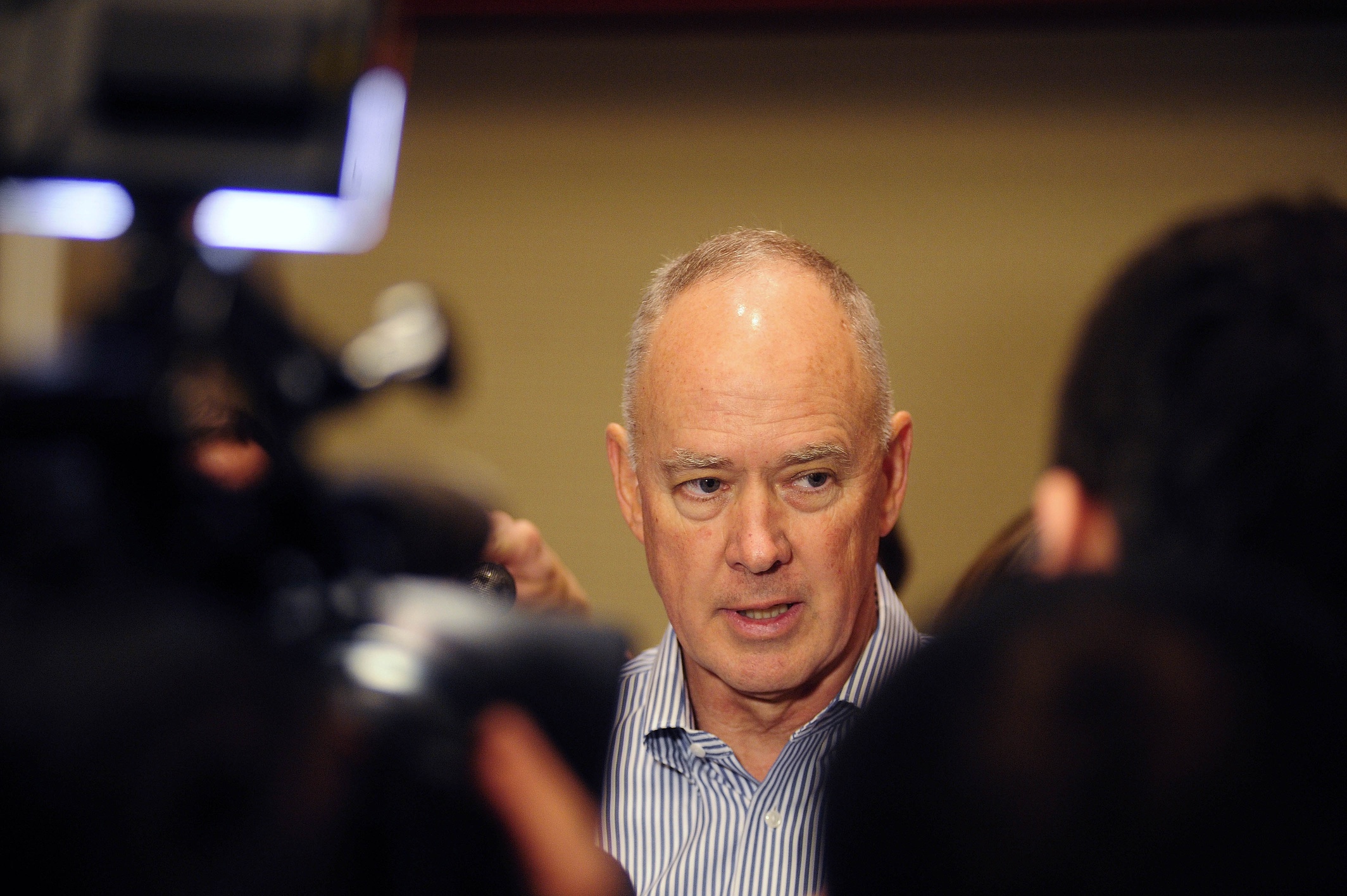
With 2014 now in the books, Alderson has joined Joe McIlvane as the only GM with four consecutive losing seasons. If the Mets finish below .500 next year, Sandy will tie George Weiss (1962-1966) as the only GM with five straight sub-500 finishes. Although unlike Weiss, nobody will ever refer to Sandy’s Mets teams as Lovable Losers.
It isn’t just about how Sandy stacks up with his Mets predecessors, he needs to start winning for the sake of his own legacy. He hasn’t had a winning season since 1992, and 2014 was his ninth consecutive losing season as a general manager. He’s only had five winning seasons in 19 as a GM, and all of those were with Oakland when they were swimming in mega money
Perhaps 2015 will be the season when everything clicks for Sandy and his master plan will begin to take hold. Perhaps the Mets will overtake the Washington Nationals and the rest of the division to become a dominant force in the NL for the rest of the decade.
However, while Sandy Alderson continues to make promises, albeit with an occasional good joke or sound byte thrown in, results have yet to materialize on the field. And in that regard and through his first four years, what’s he done for us lately? Not much. Hopefully, that changes in 2015. Lets Go Mets.


